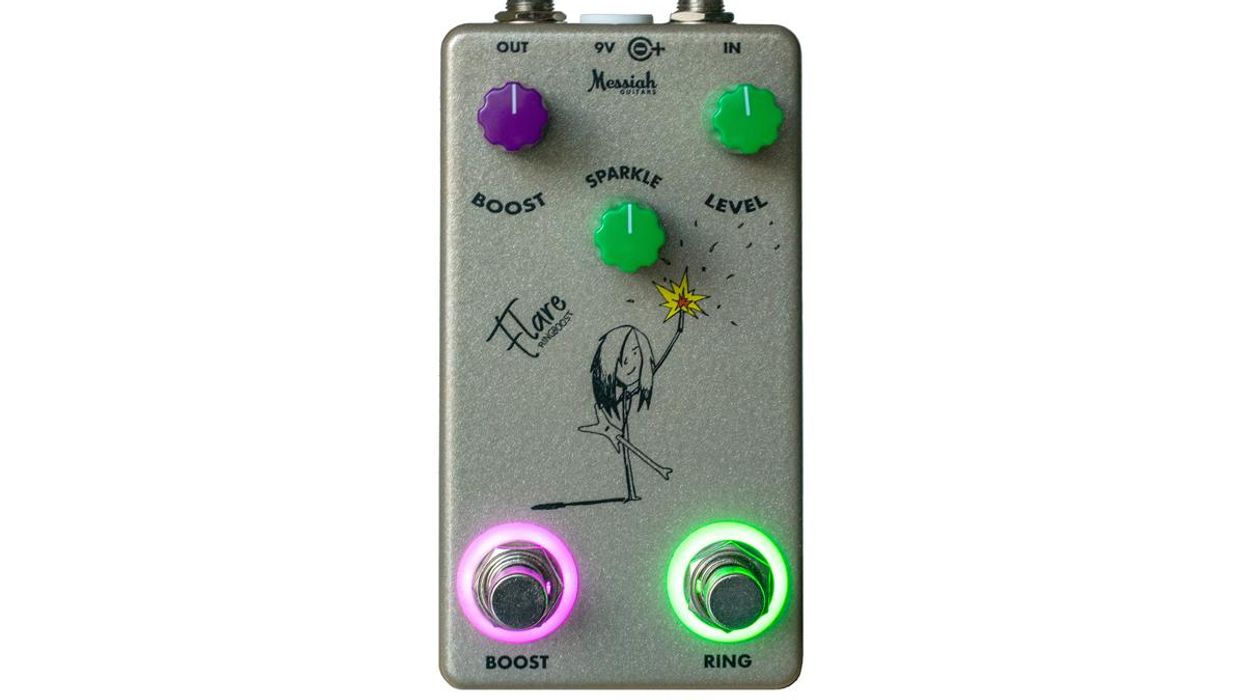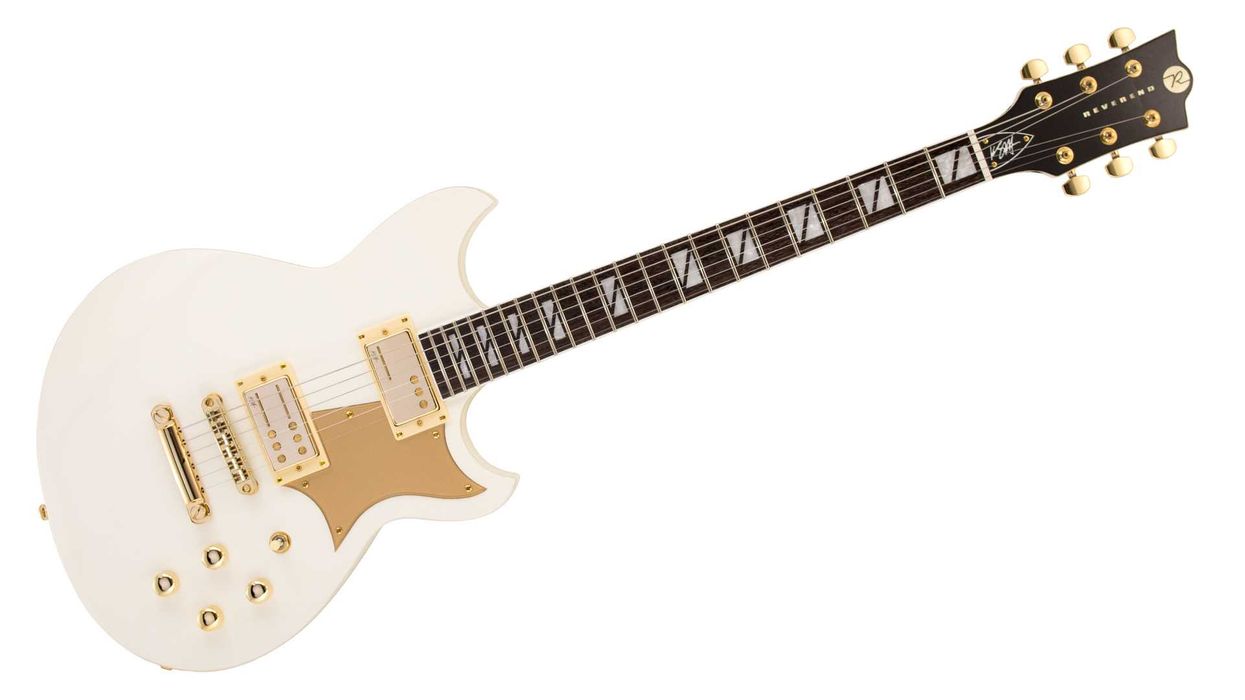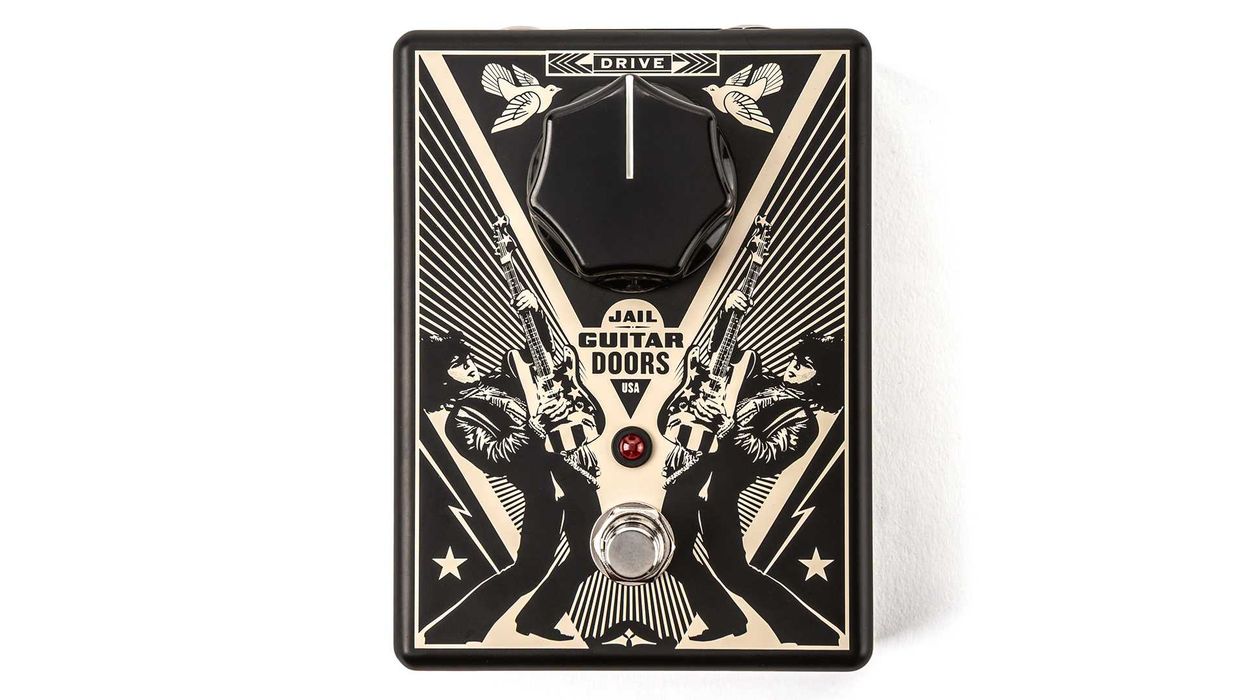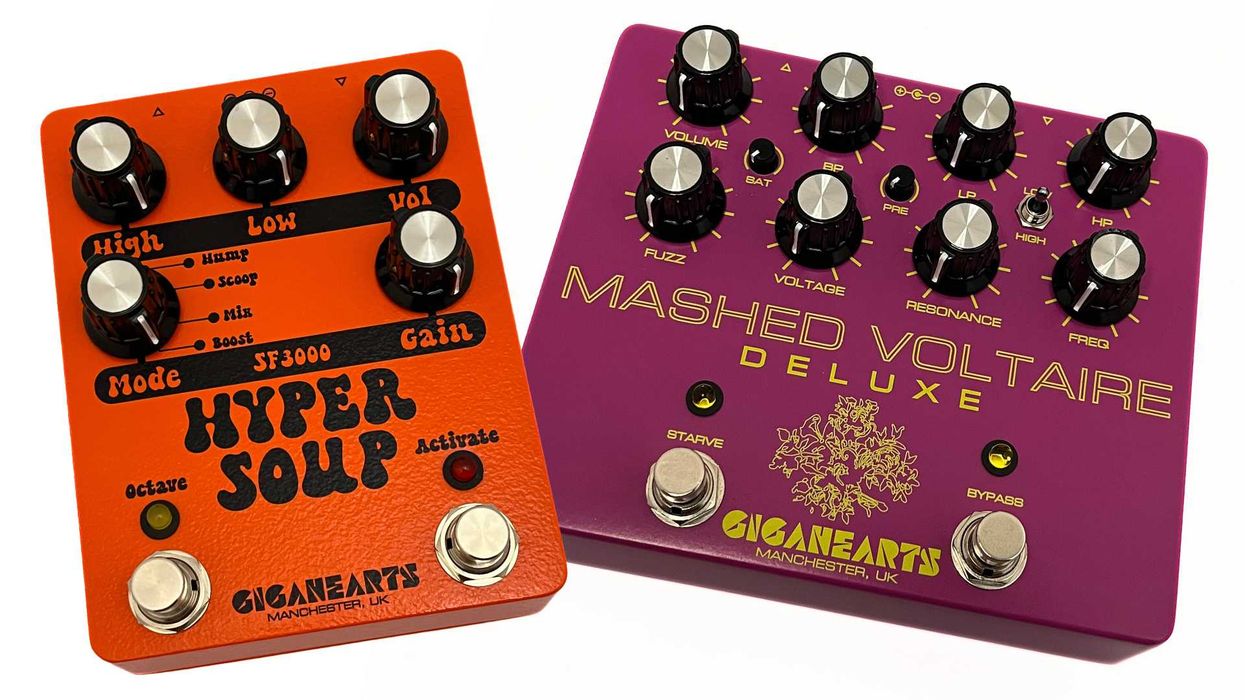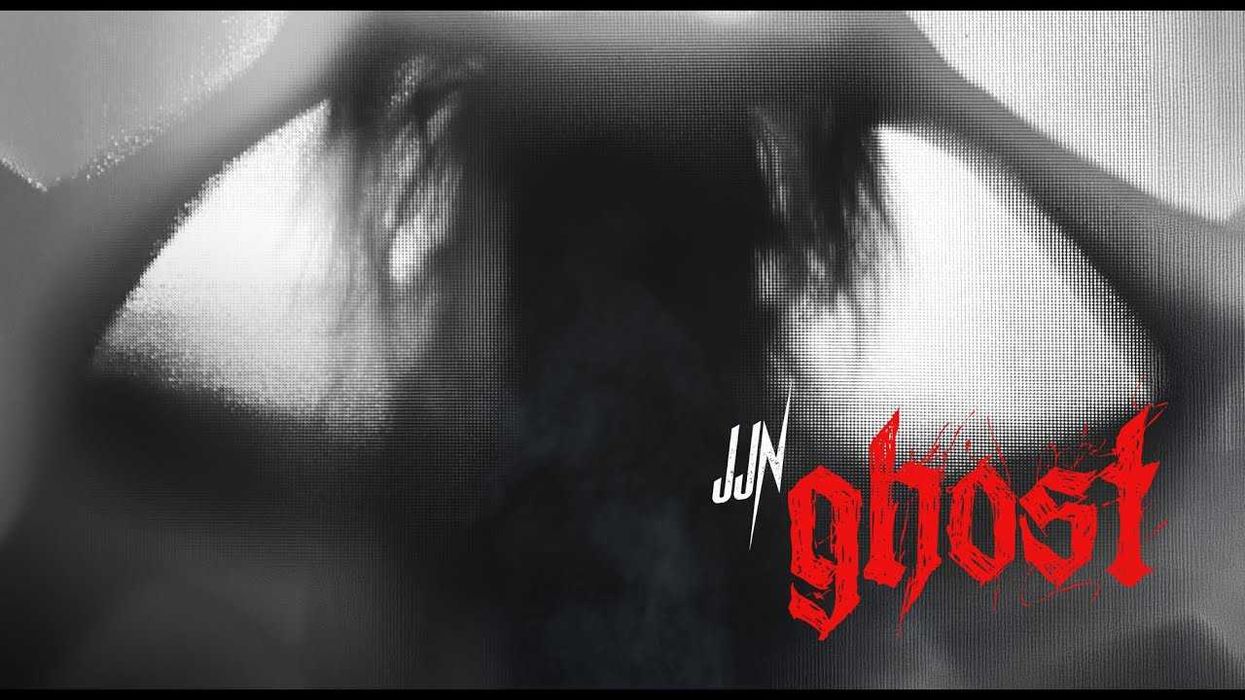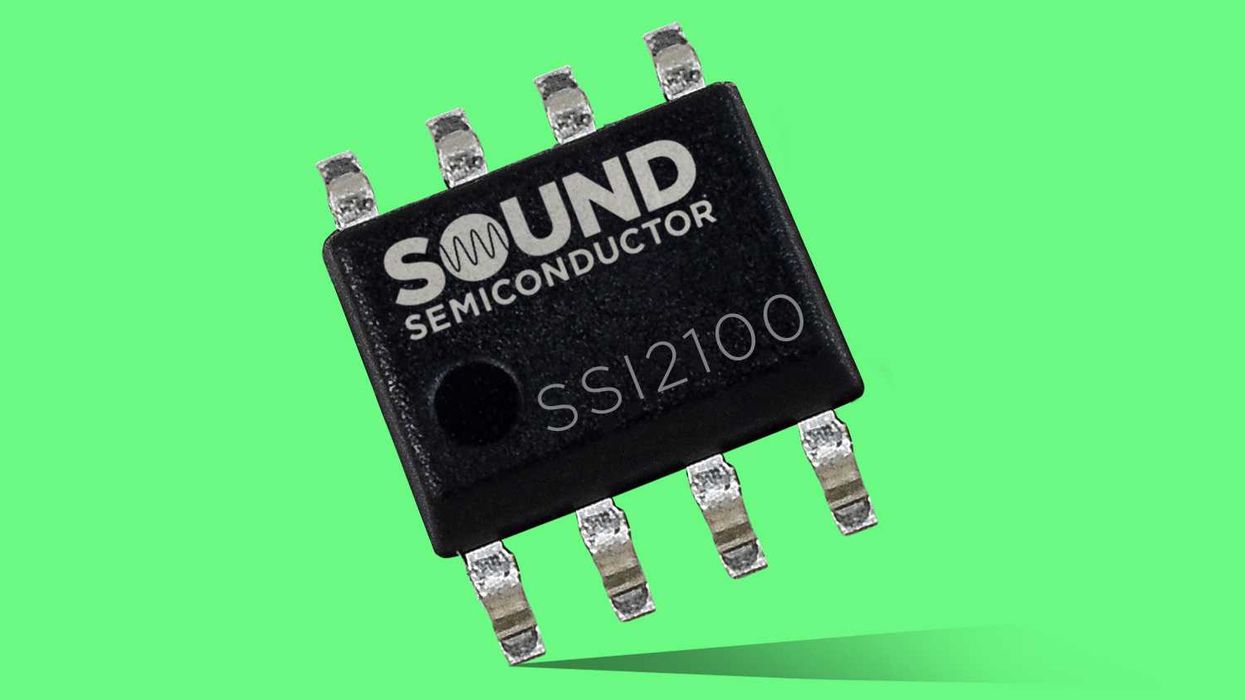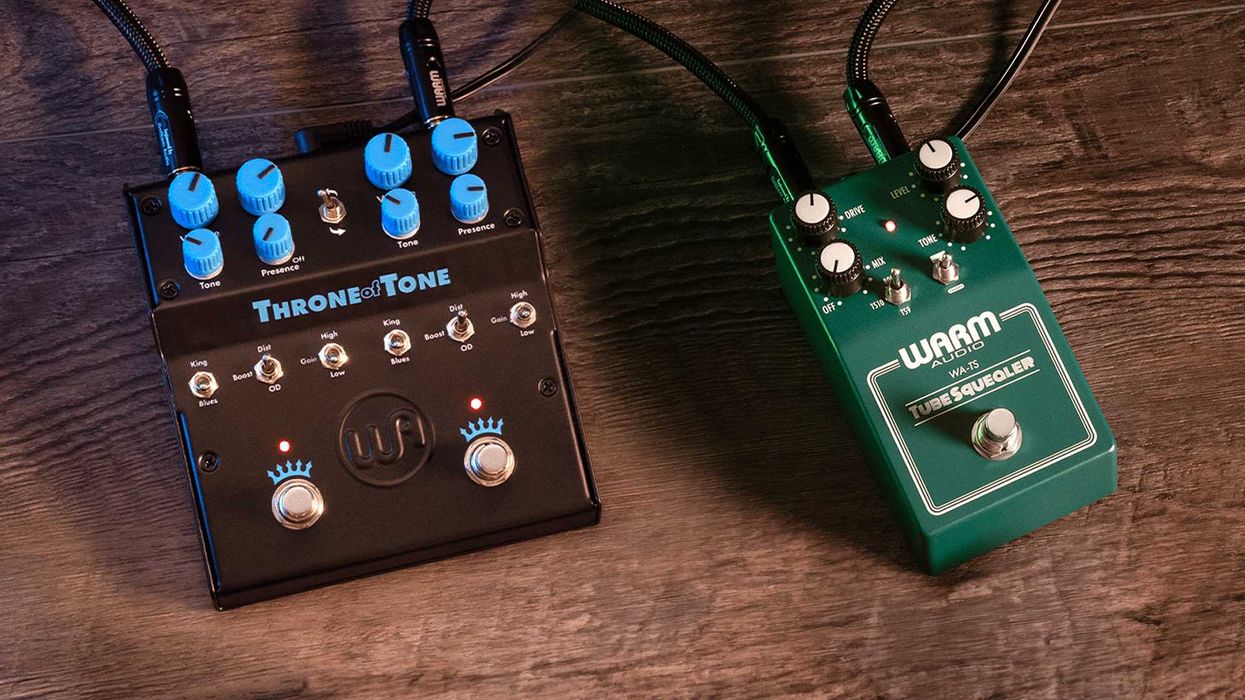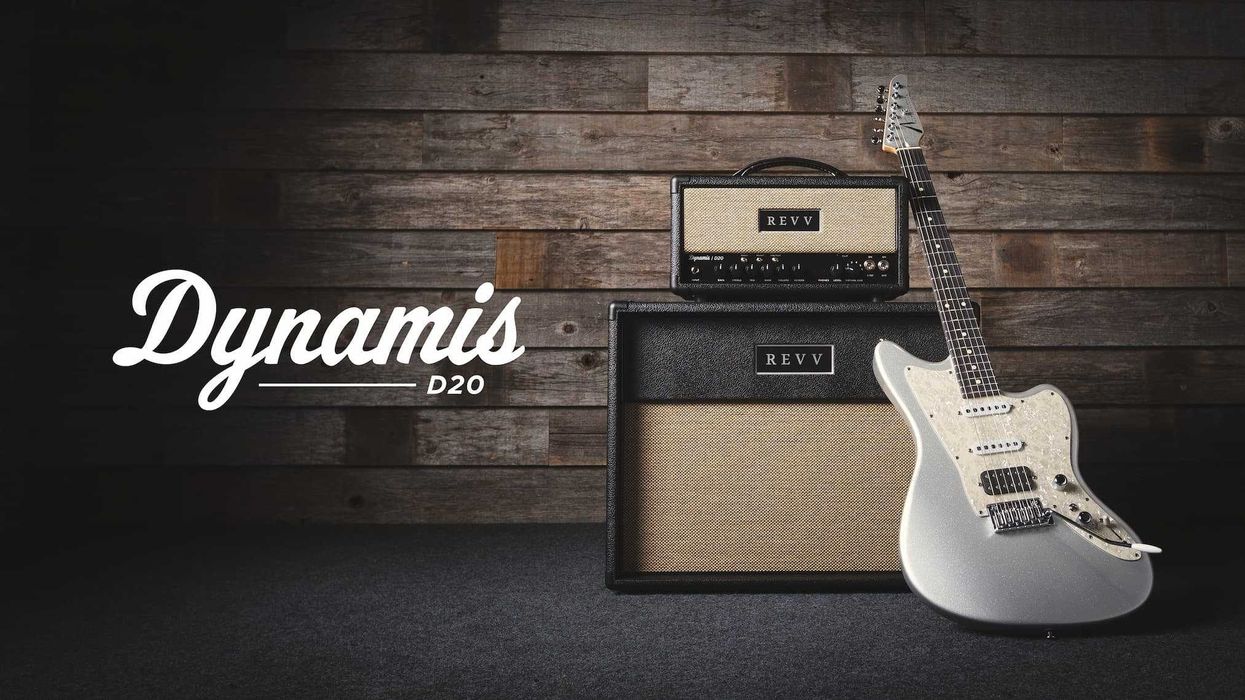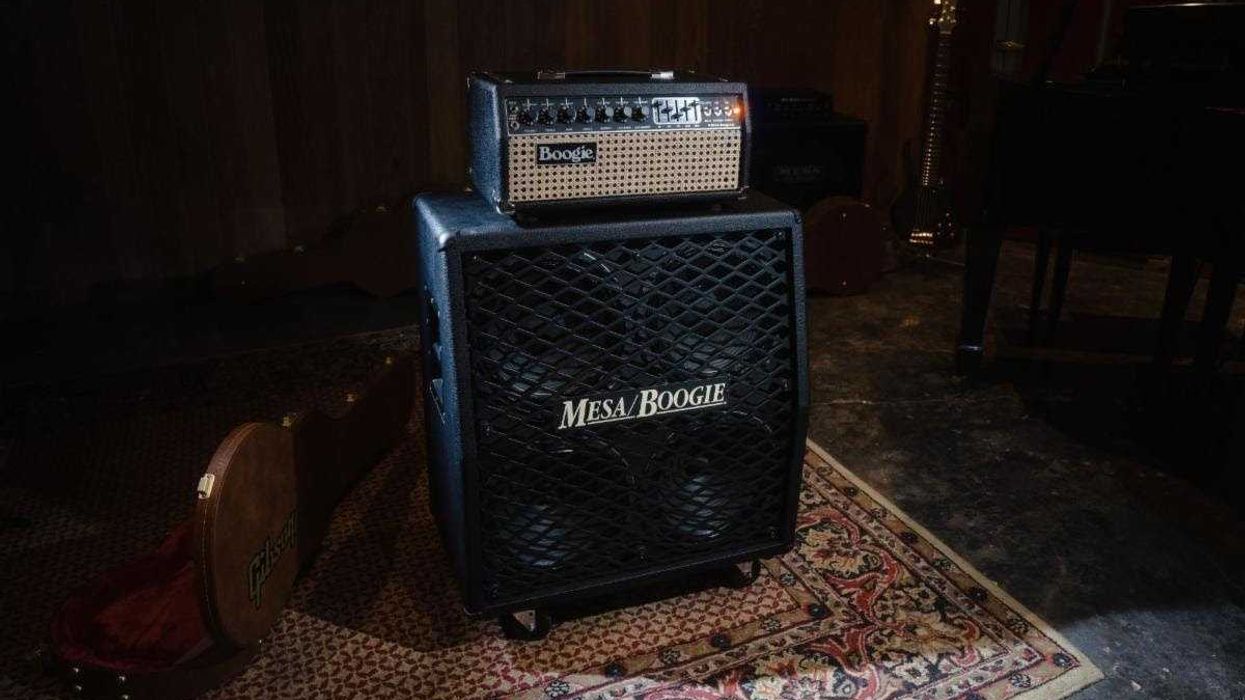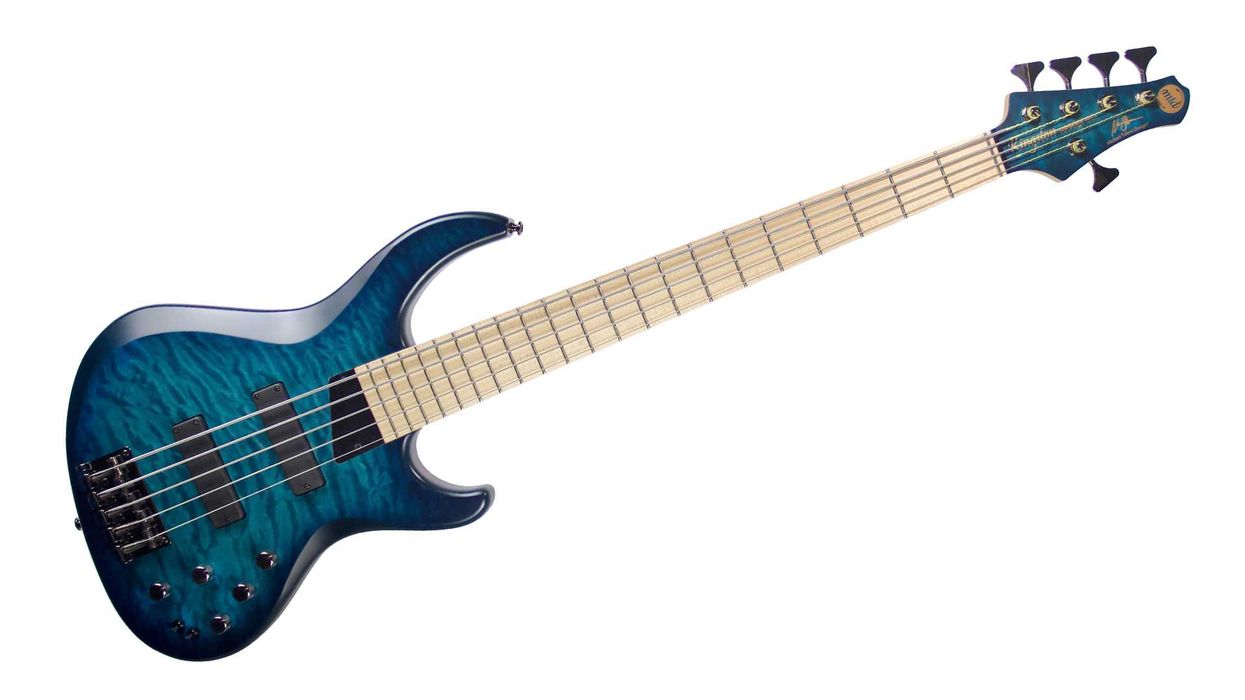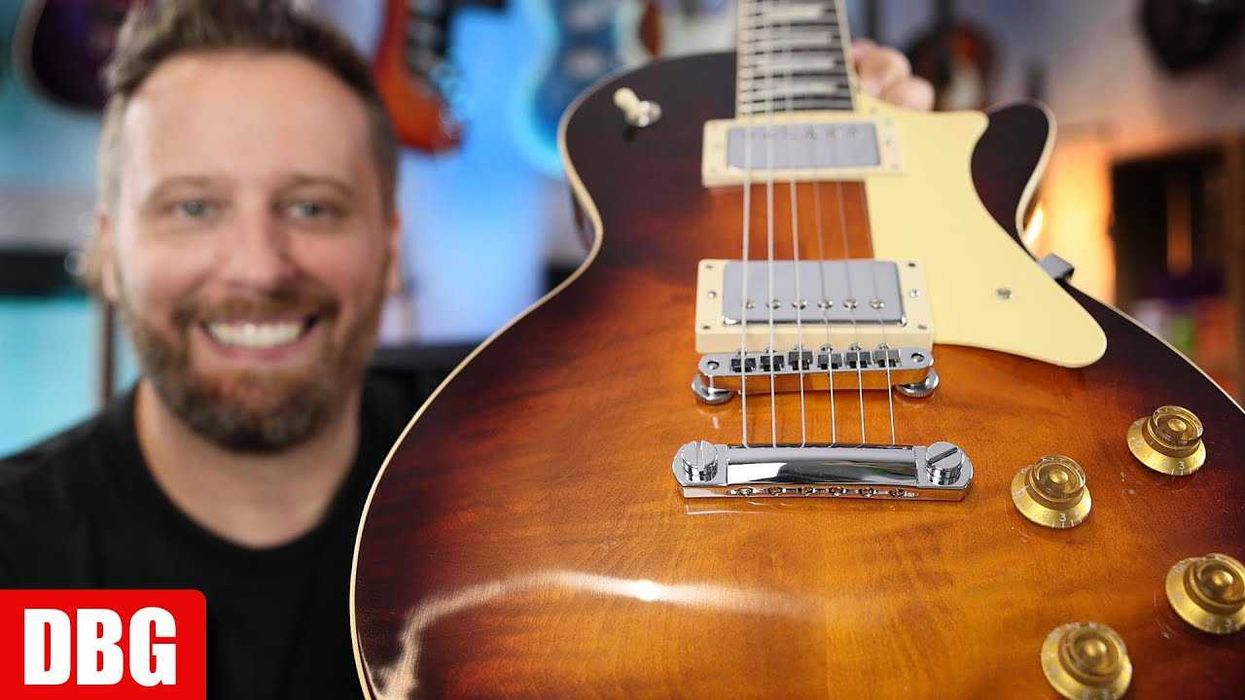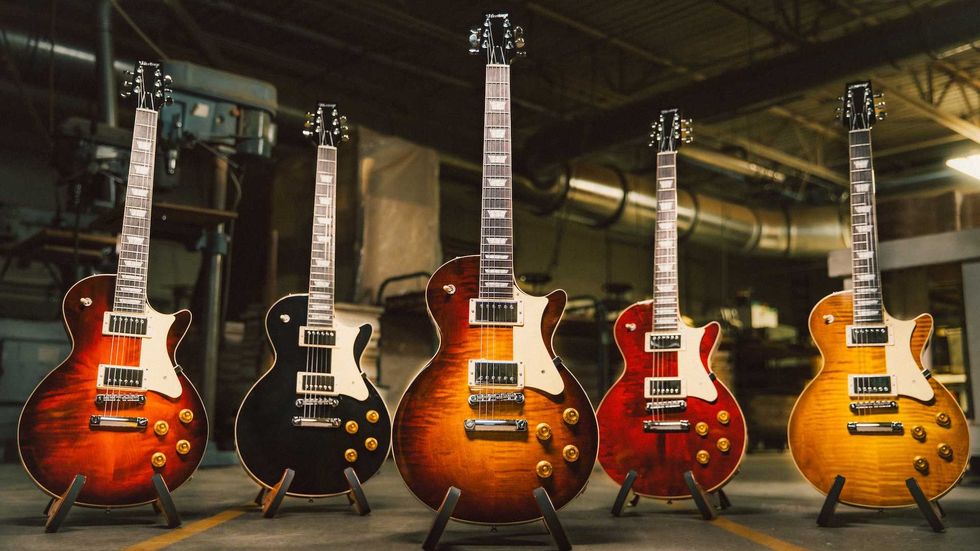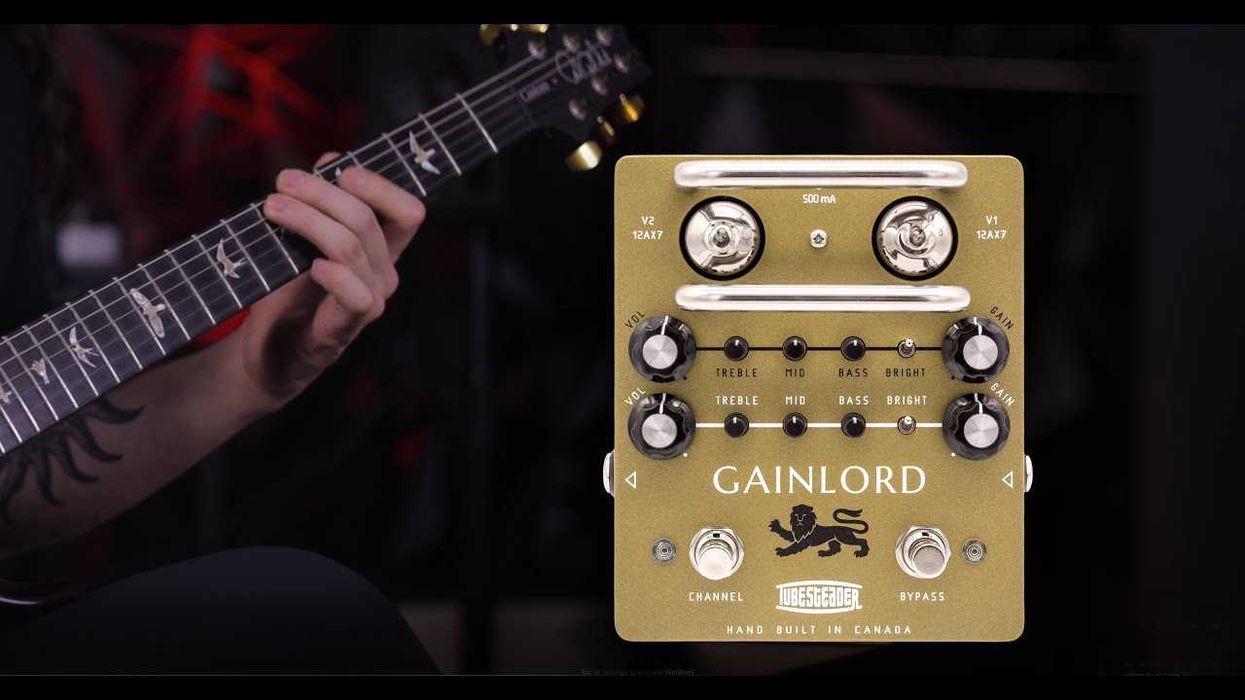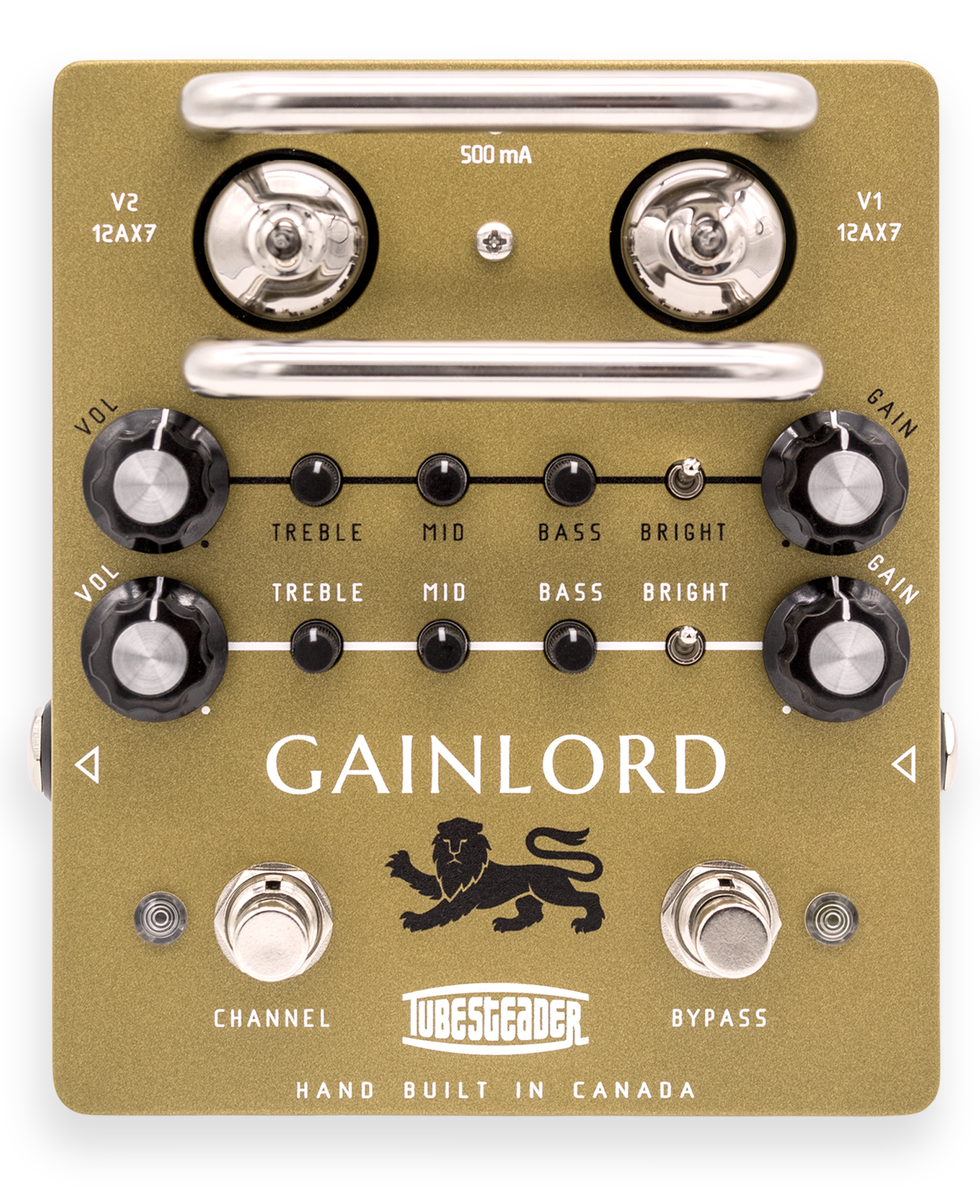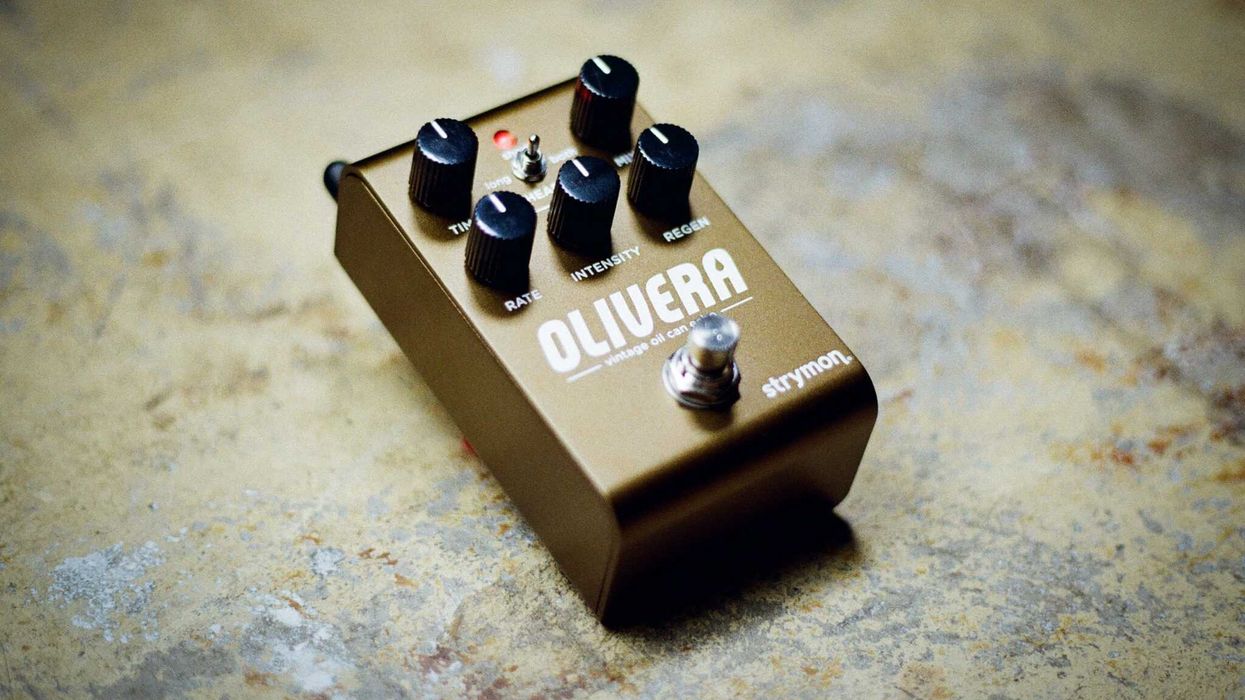Flare is a dual-function pedal with a tube-like booster and a 1970s-style ring modulator effect that can be played separately or together.
Flare’s ring modulator is based on the iconic tone of the original Dan Armstrong Green Ringer. This vintage classic was made famous by Frank Zappa who loved the unusual modulations created by generating a harmonic octave over notes. Messiah’s version offers two control knobs: a “Sparkle” tone attenuator and output Level control. Its taupe-gold body, purple and green knobs and stick-figure rock ’n’ roller holding up a flame convey an appropriately rockin’70s vibe.
In a unique twist, Messiah’s Flare pairs the ringer with a warm tube-style boost instead of a fuzz. Flare feeds the booster into the ringer for an extra punch, while preserving the Green Ringerspirit. The ringer side also turns any fuzz into an octafuzz, and it has the ability to quiet signal background noise fed through it.
The booster side features a single Boost knob to control the MOSFET circuit, making it very tube-amp-friendly with a warm, organic boost and gain of up to 32dB.
The pedal is a distinct improvement over the 1970s pedal that inspired it. “Most ringer pedals don’t track well,” Tom Hejda, owner of Messiah Guitars. “The player can’t rely on repeating the same effect even with the most consistently played notes. We carefully matched the components, so our ringer follows your every move, producing that slightly dirty octave you expect on demand.”
Messiah developed this vintage octave pedal with flexible features so that people who love that messy, dirty Zappa-esque sound can get there with ease but there’s also something for those who have not fallen in love with fuzz or the Green Ringer alone. Flare offers an array of sonic options while retaining simplicity in the controls.
Each Flair Pedal Includes:
- 3 control knobs: Boost, Sparkle, and Level
- Two effects – Ring Modulator and Boost – can be used together or separately
- Space-saving top side jacks
- Durable, cast aluminum alloy 125B enclosure with fun artwork
- Easy to see, illuminated True-bypass foot switch
- Standard 9V pedal power input
Flare Pedal Demo
Messiah Guitars pedals are designed with an explorative player in mind. Like their custom guitars and amplifiers, Messiah’s pedals are hand-crafted in Los Angeles for a long life with guaranteed quality.
Flare retails for $199.00 and can be purchased directly at Messiah Guitars or you can hear it in person at Impulse Music Co. in Canyon Country, CA.
For more information, please visit messiahguitars.com.
